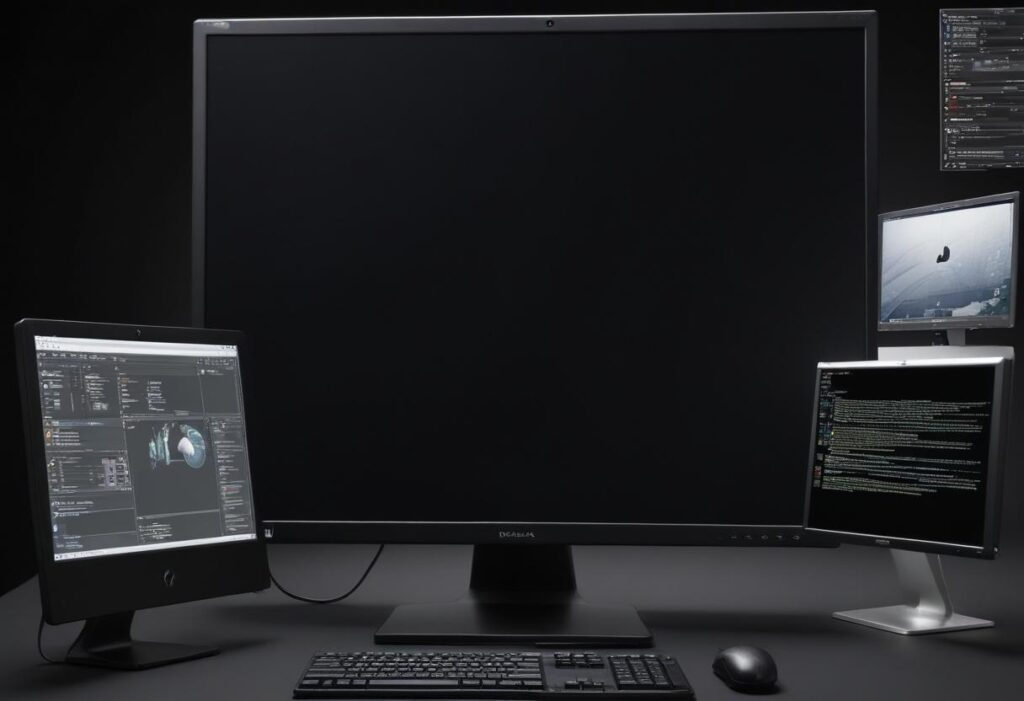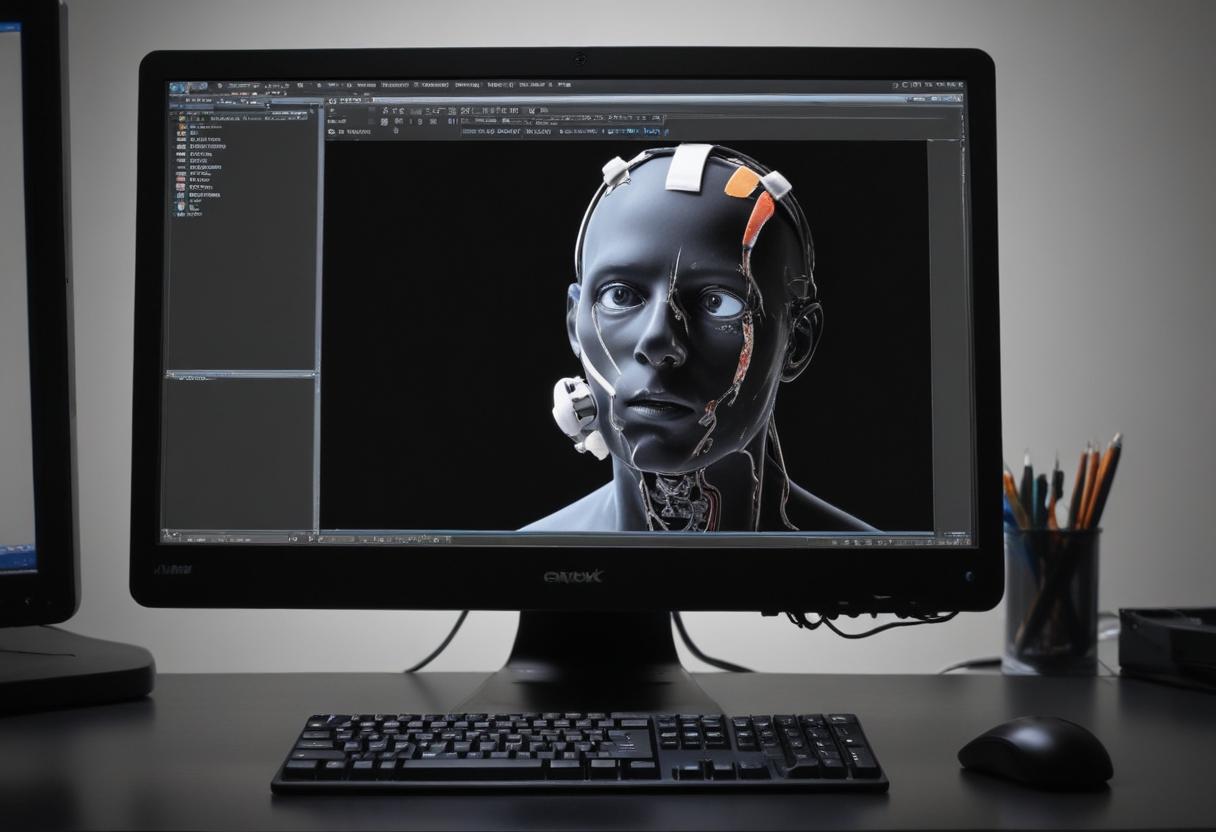Introduction
I think each has been there before, you’re in the middle of a very vital operation and then, the screen goes off. It’s frustrating, right? Black is one of the usual screen colors that a computer user may encounter due to several reasons that may include software problems and hardware failures. But I assure you, we have you sorted for all your needs. This handout is going to focus on the major reasons for the black screen issue and describe how to cope with this problem in detail.
What is a Black Screen Issue?
A black screen issue is when your computer or device’s display goes completely dark, rendering it unusable. Unlike a frozen screen, you won’t see any images, icons, or text. It’s as if your screen decided to take an unplanned nap.
Why Does It Happen?
The first thing that is required to be done while dealing with the problem of black screen is to know why that happens. The causes can range from a simple software glitch to more severe problems of the hardware components. Okay, let’s go over things that are most likely to be changed, adorned, or fixed.
Common Causes of Black Screen
Software Issues
Software glitches are often the easiest to fix. They can be caused by:
- Corrupt System Files: At other times information that is important is lost or may be corrupted making the computer display a black screen.
- Driver Problems: One of the standard issues to give a thought is that having wrong or old drivers may lead to the failure of screen display.
- Malware: Inherent in any virus are traits that make your computer system become unresponsive, and sometimes – go black.
Hardware Failures
Hardware issues are a bit trickier but still manageable:
- Faulty Monitor: If you have issue with a normal monitor then it may not turn on at all or display anything.
- Bad Connections: If the cables are loose or damaged it will translate to the computer’s inability to send signals to the monitor.
- Graphics Card Issues: Issues with SATA can result in display problems that are associated with your graphics card.
Connection Problems
Connection issues often stem from:
- Loose Cables: Ensure all the cable connections are tight.
- Port Issues: One time it is significant to check your computer or the monitor’s ports for eventualities.
Diagnosing the Problem
Before diving into fixes, it’s crucial to diagnose the problem accurately.
Initial Checks
Start with the basics:
- Power Supply: Double check if your computer and the monitor is well connected and that the power sources of both are on.
- Connections: Ensure that all cable connections are firmly connected and that there is no visible wear and tear on any of the cables.
Using Diagnostic Tools
If the initial checks don’t reveal the issue, use diagnostic tools:
- BIOS/UEFI: Go to BIOS/UEFI of the computer if you want to verify the hardware identification problems.
- Safe Mode: Starting the PC in Safe Mode can tell whether the issue is with the software.
Fixing Software-Related Black Screen
Once you’ve diagnosed a software issue, try these fixes:
Rebooting in Safe Mode
Safe Mode starts your computer with minimal drivers and can help identify if a software issue is causing the black screen.
- Restart your computer.
- Before reaching the Windows logo, press F8, or other key which is different depending on your computer.
- Click on the “Safe Mode” option.
Updating Drivers
Outdated drivers can cause display issues. Update them by:
- Accessing the Device Manager.
- Then, the option in the ‘Display Adapters’ section can be extended with additional information as follows:
- ’Click with the right mouse button on your graphics driver, and then choose “Update driver.
Uninstalling Problematic Software
If a recent software installation caused the black screen, try uninstalling it:
- Boot into Safe Mode.
- Go to “Control Panel” > “Programs” > “Uninstall a Program.”
- Remove the recently installed software.

Black Screen
Addressing Hardware-Related Issues
Hardware problems require a different approach:
Checking the Monitor
Ensure your monitor is functioning:
- Test the monitor with another computer.
- If it works, the issue lies elsewhere.
Inspecting the Cables
Faulty cables can cause display issues:
- Inspect all cables for damage.
- Replace any damaged cables.
Testing the Graphics Card
Graphics card problems are common culprits:
- Remove the graphics card and reseat it.
- Test the card in another system if possible.
Advanced Troubleshooting
If basic fixes don’t work, try advanced troubleshooting:
BIOS/UEFI Settings
Incorrect BIOS/UEFI settings can cause display problems:
- Access BIOS/UEFI.
- Reset to default settings.
System Restore
Restoring your system to a previous state can fix software issues:
- Access “System Restore” from the Control Panel.
- Choose a restore point from before the issue started.
Reinstalling the Operating System
As a last resort, reinstalling the OS can fix persistent issues:
- Backup your data.
- Reinstall the operating system following the manufacturer’s instructions.
Preventive Measures
Prevention is better than cure. Here’s how to avoid black screen issues:
Regular Software Updates
Keep your software and drivers up to date to prevent compatibility issues.
Proper Maintenance of Hardware
Regularly clean your computer and ensure all components are functioning correctly.
Creating System Backups
Regular backups ensure you can recover quickly from any software issues.
When to Seek Professional Help
Sometimes, it’s best to call in the pros:
Signs It’s Time to Call a Technician
- Persistent black screen despite troubleshooting.
- Unusual noises or smells from your computer.
- Repeated hardware failures.
Choosing the Right Service Provider
Look for:
- Certified technicians.
- Positive reviews.
- Transparent pricing.
Conclusion
Dealing with a black screen can be daunting, but with the right approach, you can troubleshoot and fix the issue. Remember to start with simple checks and move on to more advanced solutions if necessary. Keeping your system updated and well-maintained can help prevent future problems.











